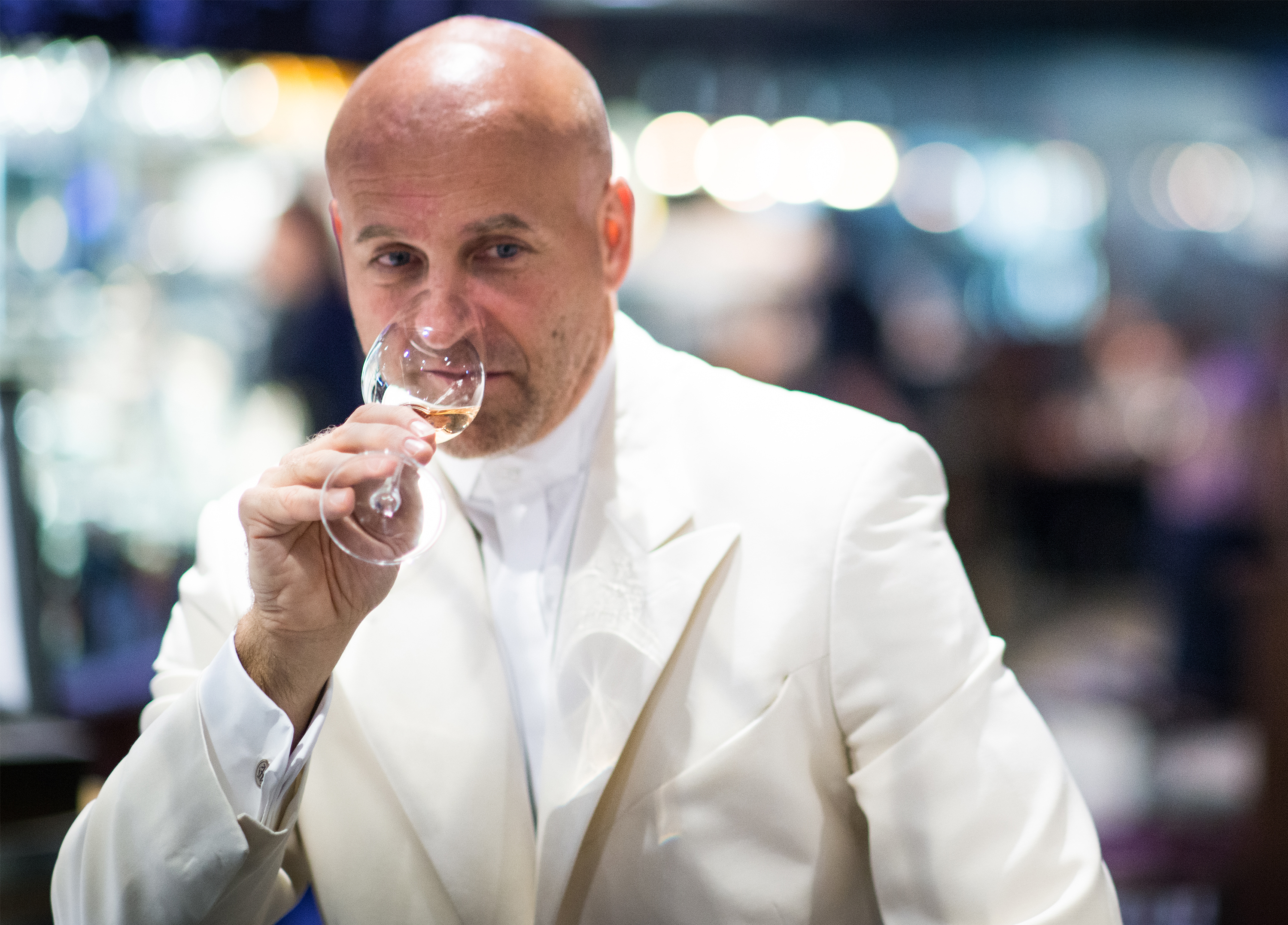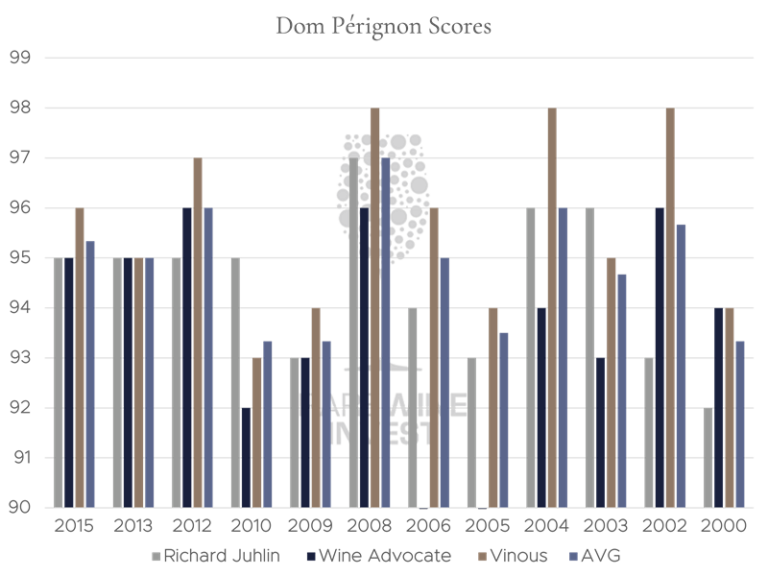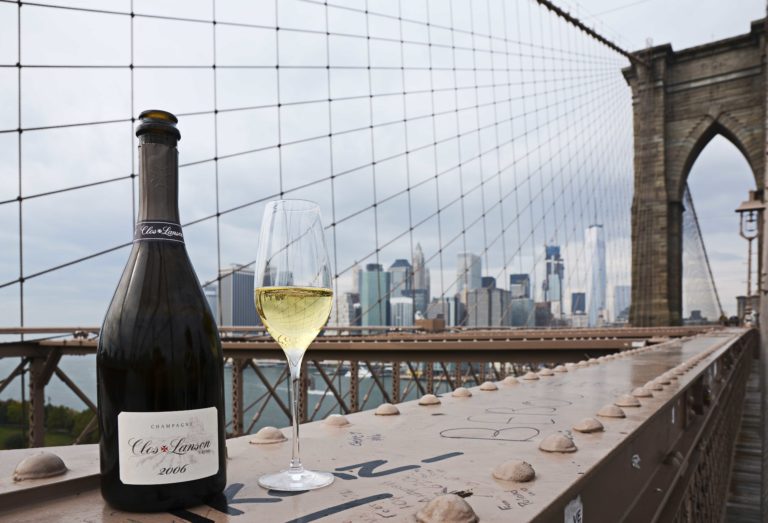CHAMPAGNE EXPERT RICHARD JUHLIN LETS US INTO A WORLD OF TASTINGS, TEMPERATURES, GLASSES AND VINTAGES.
IF YOU ARE A NOVICE and have just begun to take your first insecure steps into the wonderful world of champagne it is easy to feel intimidated among the bubbly connoisseurs. But never fear, champagne is fun and is all about indulging in an infinite world of delights, not about competition and snobbism.

As a beginner you will surely ask yourself why it is that champagne is so much more expensive than almost all other wines. It is mainly due to the rigorous quality stipulations and the expensive champagne methods. The cost of bottles, corks, the grapes, production and storage make it impossible to sell champagne for less than €15. Most important is of course, the question of preference and taste, but considering what certain wines from Burgundy and Bordeaux cost Champagne is not particularly expensive.
The best buy from most of the champagne houses is vintage champagne. Spend a little more and you will have a much better than standard champagne. Prestige champagne is more likely to be one step better – more refined and concentrated but the price seldom motivates the difference in quality. I believe you should avoid the cheaper champagnes as their aroma is not as clear cut and the taste is quite ordinary having been made from the lesser quality grapes and been treated without respect during production.
Should one drink or mature champagne in the cellar? Very few types of champagne are at their best when you buy them. My favourite champagne is from 1928, which says a lot about the longevity of these beauties. The storage conditions in the cold, dark and damp cellars of the champagne producers are difficult for a private wine col- lector to achieve. But here in Scandinavia it is unusually easy thanks to our cool climate. There are many who probably already have access to an ordinary food cellar. Even if the temperature varies quite a lot from summer to winter, the cellar usually remains at an even temperature. An ordinary fridge also provides suitable storage. The only problem is that there is most likely not enough space for a lot of bottles in the fridge…
Occasions when that special bottle is to be opened should be chosen with consideration. It is more important to me that I like the people with whom I am to share the bottle than that they are knowledgeable about champagne. Don’t plan, have a bottle at hand and when the mood calls and ‘joie-de-vivre’ abounds treat yourself and friends and uncork the bottle. When it is finally the right time to open a vintage bottle make sure it is at the right temperature (7-9°C), a colder champagne is almost tasteless and a warmer one loses it freshness and mousse faster, even if the aroma is greater and richer.
Subscribe for 5.9€ a month for full access to the Tasting Library, exclusive articles, videos events and more





